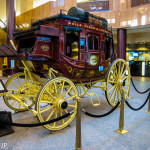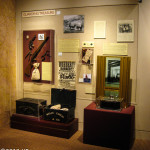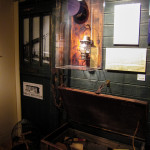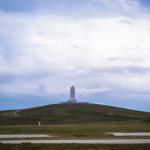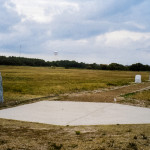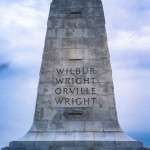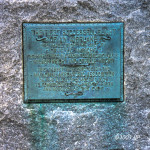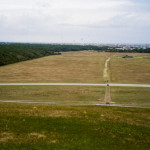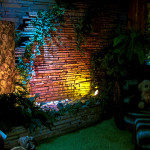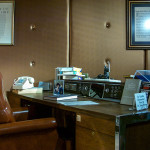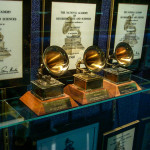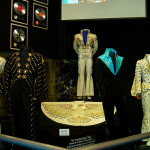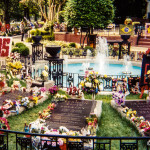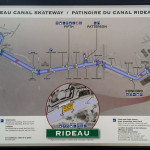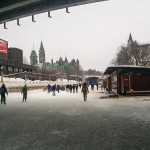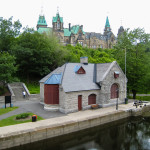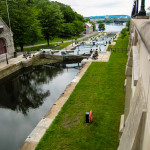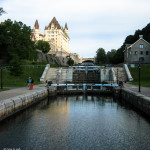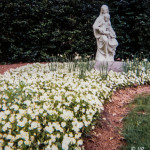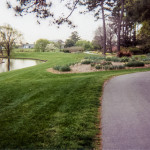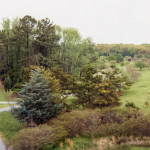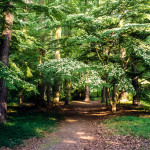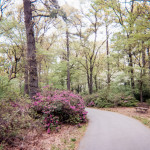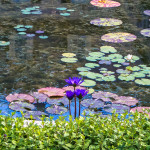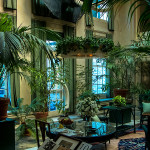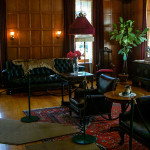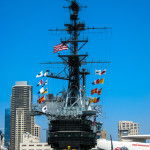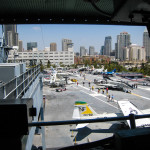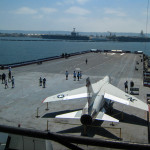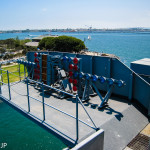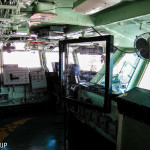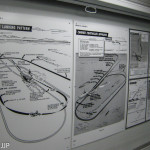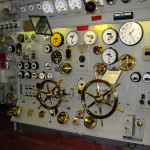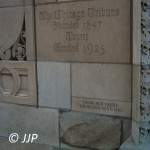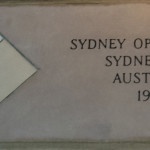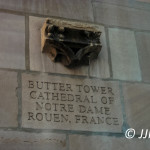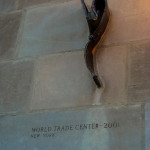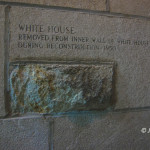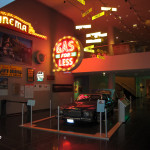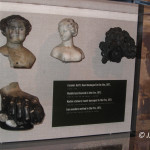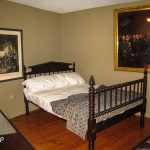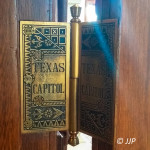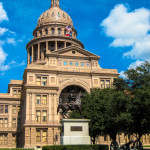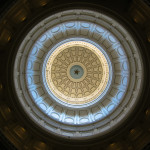Kill Devil Hills? Yes, Although the town of Kitty Hawk is only about miles away, the first controlled, powered airplane flight occurred over the sands of what is now Kill Devil Hills. The city did not get exist at the time (becoming a municipality in 1953), and thus Kitty Hawk being the closest city to the site is popularly noted as the birthplace of flight. So what’s there now? Aside from being in the beautiful outer banks of North Carolina, the location of the first four flights by Orville and Wilbur Wright is overlooked by a large stone monument resting at the top of one of the hills the brothers used for launching gliders and each landing spot of the first four powered flights are marked with a large stone engraved with time traveled. The site includes a very nice visitor center with artifacts and replicas relating to the invention of powered flight, including a full scale model of the brother’s 1902 glider which was built under the direction of Orville Wright. Other items of note in the park are a replica of the sheds used to house the aircraft and the brothers during their time in North Carolina. Also, a really nice sculpture based on the famous picture of the plane taking to the air in 1903.
So why is it called Kill Devil Hills? The most popular theory is that in the colonial days, there were a large number of shipwrecks along the coast, many of which contained rum – which was called Kill Devil, because it was strong enough to do the same. Those who scavenged the Kill Devil from these ship wrecks, would often hide it in the sand dunes until they felt it was safe enough to retrieve. Thus these dunes became Kill Devil Hills.
Although the site is worthy of a 4 from a historical perspective, it’s very remote unless you happen to be doing business in Kitty Hawk or along the outer banks. Over an hour and a half from Norfolk, unless you get stuck over a weekend, it’s probably not something you could do in a late afternoon or early morning. Thus:
SAS Score: 2



